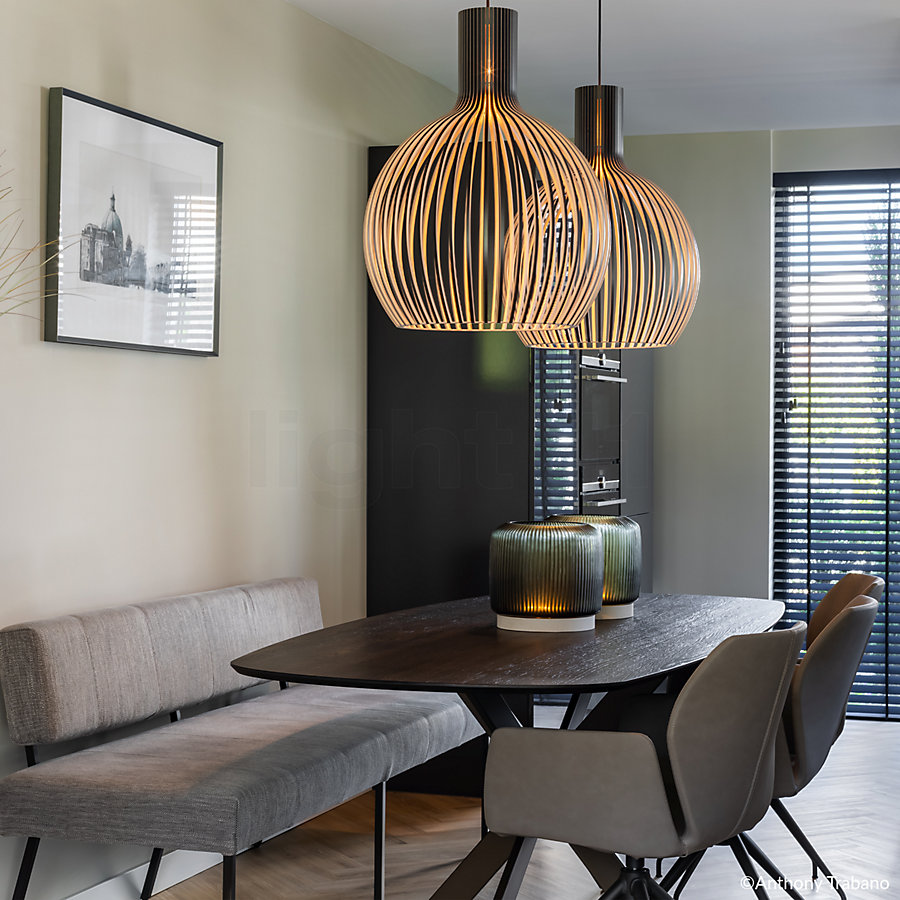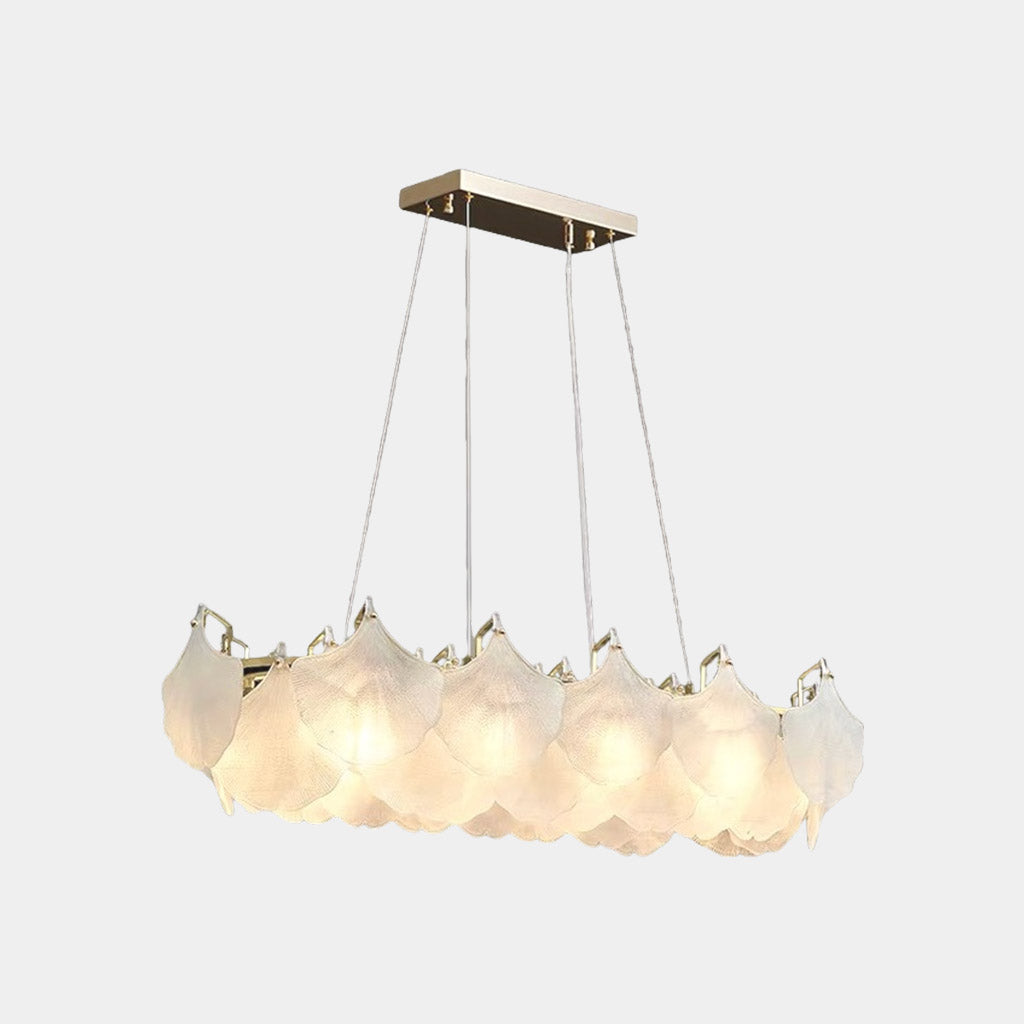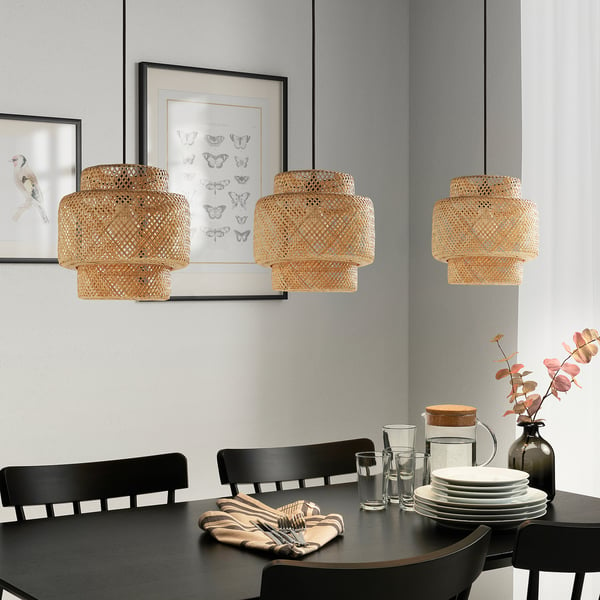A Comprehensive Overview to Installing and Preserving Your Pendant Light
Setting up and preserving a pendant light needs cautious planning and execution. Correct height dimensions can improve both capability and style. Vital devices and a clear installment process are essential for a successful setup. Regular maintenance warranties long life and performance. Recognizing these aspects can transform an area. Understanding where to begin could seem daunting. What steps should one prioritize to achieve the finest outcomes?
Understanding Pendant Light Styles
While numerous home owners look for to improve their spaces with Pendant lighting, recognizing the numerous styles offered is crucial for making an informed option. Pendant lights come in a wide range of styles, each offering special visual and useful advantages. Typical Pendant lights frequently feature classic forms and products, such as glass or metal, providing a classic appeal. Contemporary layouts, on the various other hand, may incorporate innovative materials and vibrant shades to develop striking prime focus.
Industrial-style pendants frequently utilize resources like subjected bulbs and rustic coatings, ideal for loft spaces and modern settings. For a much more whimsical touch, vintage-inspired options stimulate fond memories with elaborate details and retro finishes. Additionally, minimal styles focus on simpleness and tidy lines, attracting those who favor downplayed elegance. Comprehending these varied styles allows home owners to pick Pendant illumination that not only enhances their style but also offers their functional lighting needs efficiently.
Determining the Perfect Height for Your Pendant Light
Just how does one identify the excellent height for a necklace light? To attain the finest performance and visual allure, several factors must be considered. Usually, a pendant light ought to hang 30 to 36 inches above an eating table to guarantee adequate illumination without blocking sights. Precede with high ceilings, the fixture may be placed somewhat higher to keep symmetry.
For kitchen area islands, a height of 28 to 34 inches over the countertop is generally recommended, enabling for adequate light coverage while maintaining an inviting atmosphere. In living locations, the Pendant needs to be hung at an elevation that complements the surrounding design and does not produce a risk for people strolling beneath it.
Eventually, individual choice and room measurements play substantial roles in identifying the excellent height. Checking different elevations before final setup might aid achieve the preferred impact and performance.
Tools and Materials Needed for Installation
Effective installment of Pendant lights calls for a certain collection of products and devices to ensure a smooth procedure. Important tools consist of a screwdriver, wire pole dancer, and a drill, which help with secure component attachment and appropriate circuitry. A voltage tester is vital for confirming safety by guaranteeing that power is off prior to starting any kind of electrical work.
In addition to tools, particular materials are necessary for setup. These consist of the Pendant light component itself, electric wiring, cable nuts for safe and secure links, and placing equipment. A ceiling hook may likewise be needed, relying on the component's style.
For added safety and security and ease, a ladder will aid in reaching high ceilings, while a degree ensures that the light hangs evenly. Preparing these devices and products in advance streamlines the installment process, making it extra efficient and efficient. Appropriate prep work is necessary to achieving an effective Pendant light installation.
Step-by-Step Setup Process
With the needed tools and materials collected, the installation process for Pendant lights can start. The power supply need to be turned off at the circuit breaker to ensure safety and security. Next, the placing bracket requires to be connected to the electrical box in the ceiling. After protecting it, the electrician's tape should be utilized to cover any subjected cords.
Following that, the Pendant light's cables are connected to the corresponding cables in the ceiling: black to black (or red), white to white, and green or copper for ground. When the links are made, they need to be secured with wire nuts.
The Pendant light can then be affixed to the mounting bracket, ensuring it hangs at the preferred elevation. Ultimately, the light bulb is put, and the power is turned back on at the circuit breaker, enabling the brand-new Pendant light to illuminate the area.
Maintaining and Cleansing Your Pendant Light
What actions should be taken to guarantee the long life and visual allure of Pendant lights? Routine maintenance and cleaning are essential in protecting their appeal and capability. Dirt and dirt can accumulate on Pendant lights, reducing their shine. To clean up, a soft, lint-free fabric or microfiber towel need to be made use of, together with a mild cleaner ideal for the surface product - Pendant Light. For glass or crystal necklaces, a glass cleanser can boost quality without touches
It is advisable to turn off the light and allow it to cool prior to cleansing. Furthermore, checking the fixture for loose bulbs or links occasionally ensures security and peak efficiency. Altering bulbs consistently protects against stress on electrical parts if suitable. Keeping a risk-free atmosphere by preventing exposure to moisture can greatly expand the life of Pendant lighting. Following these actions will certainly keep Pendant lights looking their finest while working successfully.
Troubleshooting Usual Pendant Light Issues
When pendant lights malfunction, several typical concerns may occur, consisting of flickering light bulbs, inaccurate installment, and voltage variations. Determining the origin is necessary for effective fixing and ensuring peak performance. browse around this site Resolving these troubles promptly can enhance the durability and functionality of Pendant lights components.
Flickering Light Light Bulbs
Flickering light bulbs can be a source of disappointment for homeowners, usually indicating underlying electrical concerns or basic upkeep needs. This sensation might originate from loose light bulb connections, where the bulb is not safely fitted into the socket, creating intermittent call (Pendant Light). Furthermore, damaged or aging bulbs may flicker as they near completion of their life-span. One more usual cause is irregular voltage, which can develop from issues within the electrical system or overwhelming circuits. House owners need to additionally look for damaged wiring, as this can bring about flickering and present security dangers. Prompt substitutes and normal inspections are vital to guarantee proper functionality and to maintain a secure home setting. Recognizing the root cause quickly can avoid further difficulties

Wrong Installment Concerns
Incorrect setup of Pendant lights can bring about a variety of problems that might appear like those triggered by flickering bulbs. Common troubles include loose circuitry links, which can disrupt the circulation of electrical energy and lead to intermittent lights. Furthermore, if the placing bracket is not safely fastened, the Pendant might hang unevenly, producing an unsteady fixture that can create vibrations or noise. Wrong bulb types or electrical power can likewise contribute to efficiency issues, as inappropriate bulbs might not operate efficiently in the component. Poor spacing from the ceiling can produce darkness or reduce light circulation, reducing the intended impact of the Pendant light. Identifying and resolving these setup mistakes is crucial for accomplishing correct functionality and visual allure.
Voltage Fluctuation Issues
Pendant lights can boost a room's atmosphere, voltage variations can lead to significant performance problems. These variations may create flickering lights, decreased brightness, or even early light bulb failing. To identify such problems, one should initially examine the discover this info here lighting fixture's compatibility with the voltage supply. Utilizing a multimeter can assist measure voltage degrees and recognize irregularities. If voltage issues linger, it may be required to examine the electrical system for loosened connections or defective circuitry. In many cases, seeking advice from a qualified electrical expert is recommended to guarantee safety and conformity with local codes. Effectively addressing voltage changes not only enhances the performance of Pendant lights however also expands their life expectancy and boosts overall lights top quality.
Enhancing Your Area With Pendant Light Positioning
Effective Pendant light placement can considerably boost an area by sticking to excellent height standards, making sure the appropriate illumination degree. Layering these lights with various other resources can develop a well balanced atmosphere, highlighting focal factors within the room. Achieving a harmonious appearance calls for cautious consideration of both the component's positioning and its connection with bordering components.
Optimum Height Standards
When pondering the perfect height for Pendant lights, a basic standard recommends hanging them about 30 to 36 inches over a counter top or table surface area. This elevation enables optimum lighting while making sure that the light does not block sights or develop risks. In eating locations, Pendant lights should be placed to enhance the eating experience, usually around 28 to 34 inches above the table. For kitchen area islands, maintaining uniformity throughout several necklaces can produce a natural look; spacing them equally and adhering to the advised height enhances capability. It is necessary to take into consideration ceiling height too, as higher ceilings might call for modifications to keep symmetry and visual charm. Correct height placement greatly adds to the total ambiance of a space.
Layering With Various Other Lights
As Pendant lights are incorporated into a wider lights design, they can significantly improve the ambience of a space. Their versatility allows them to be layered with ambient, task, and accent illumination, creating an unified equilibrium. Integrating pendant lights with recessed illumination can supply basic illumination while highlighting details areas. Task lights, such as under-cabinet lights, can match necklaces in kitchens, making certain functionality without compromising design. Accent lights, like wall surface sconces, can even more enhance the atmosphere, attracting attention to art work or architectural functions. By tactically positioning these lights, homeowners can accomplish deepness and measurement, changing a regular room into a wonderfully lit up setting that accommodates various activities and moods.
Prime Focus and Equilibrium

Tactically placed Pendant lights can offer as enchanting focal factors within a room, attracting the eye and improving the overall visual. When selecting pendant lights, it is crucial to take into consideration their form, color, and dimension to guarantee they match the existing design. A vibrant, extra-large Pendant can create a striking focal point over a dining table, while smaller components may work much better in clusters to accomplish a well balanced appearance. Additionally, positioning Pendant lights at differing elevations can include deepness and aesthetic passion to the area. Preserving equilibrium with other aspects, such as furnishings and wall surface colors, will make sure that the Pendant lights boost the room without overwhelming it. Thoughtful placement transforms the atmosphere, developing an unified and welcoming atmosphere.
Frequently Asked Inquiries
Can I Mount a Necklace Light in a Recessed Ceiling?
The inquiry of whether a necklace light can be set up in a recessed ceiling often emerges. Normally, it is possible with proper placing hardware, guaranteeing correct support and electrical connections for risk-free and reliable installation.
What Kind of Bulb Is Best for Pendant Lighting?
When picking bulbs for Pendant lights, LED alternatives are usually chosen because of their power effectiveness and durability. Additionally, the shade temperature ought to match the desired ambiance, with warm white being a preferred selection for relaxing setups.
Are Pendant Lights Safe for Outdoor Use?

Exactly how Do I Choose the Right Pendant Light Electrical Power?
Selecting the right Pendant light electrical power includes examining the space's size, wanted illumination, and fixture compatibility. Typically, reduced power levels suit ambient illumination, while higher electrical powers offer job illumination, guaranteeing capability and visual appeal.
Can I Make Use Of a Dimmer Change With My Pendant Light?
The question emerged whether a dimmer switch can be utilized with a pendant light. Usually, if the lighting fixture and light bulb are suitable, a dimmer button can efficiently improve setting and control illumination levels.
When pendant lights malfunction, a number of common concerns may occur, consisting of flickering light bulbs, wrong installment, and voltage fluctuations. Improper setup of Pendant lights can lead to a variety of concerns that might appear like those created by flickering light bulbs. Poor spacing from the ceiling can develop darkness or reduce light distribution, decreasing the designated impact of the Pendant light. Efficient Pendant light placement can considerably improve an area by adhering to optimal elevation standards, making sure the ideal lighting level. When choosing bulbs for Pendant lights, LED options are often chosen due to their energy efficiency and longevity.